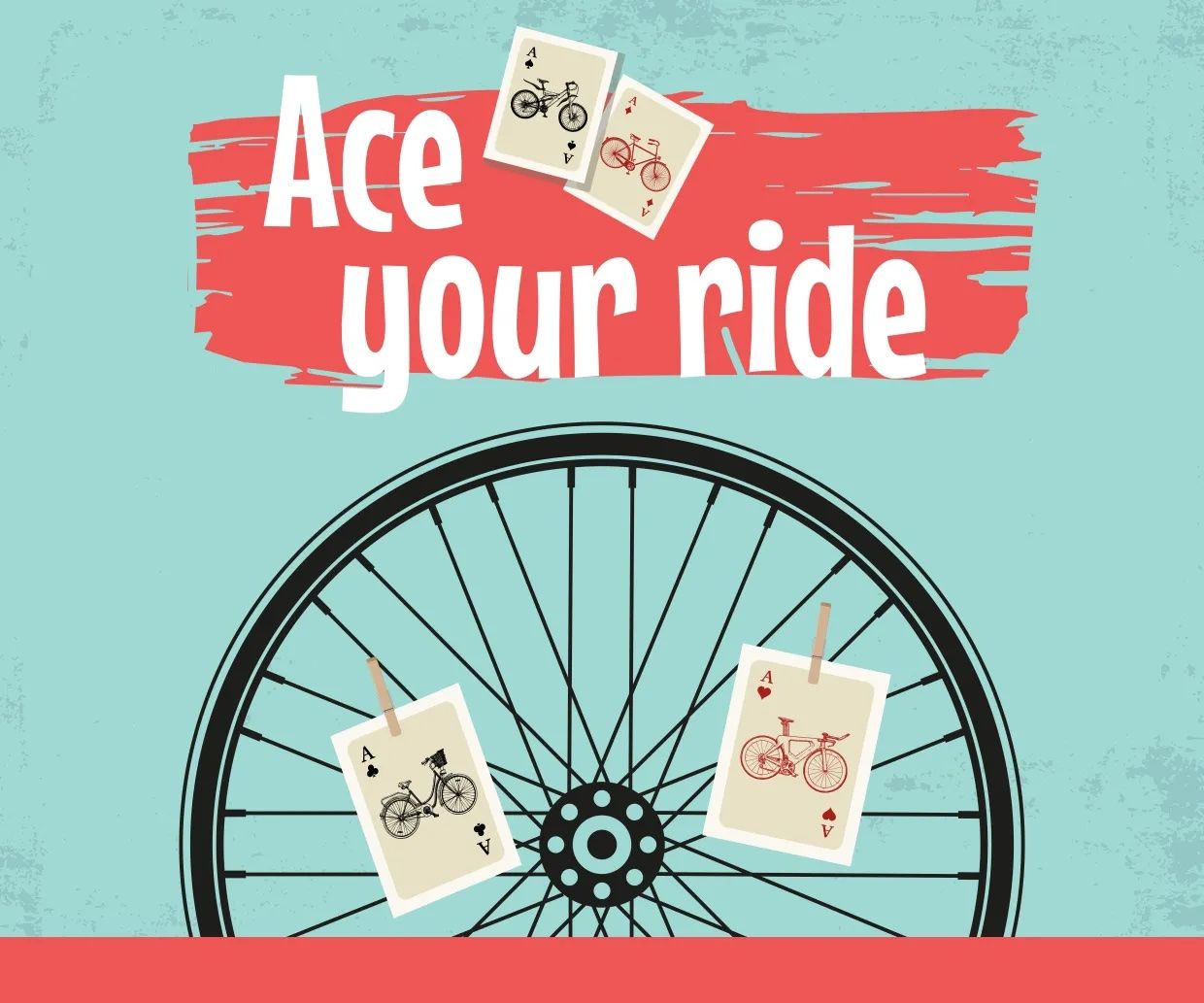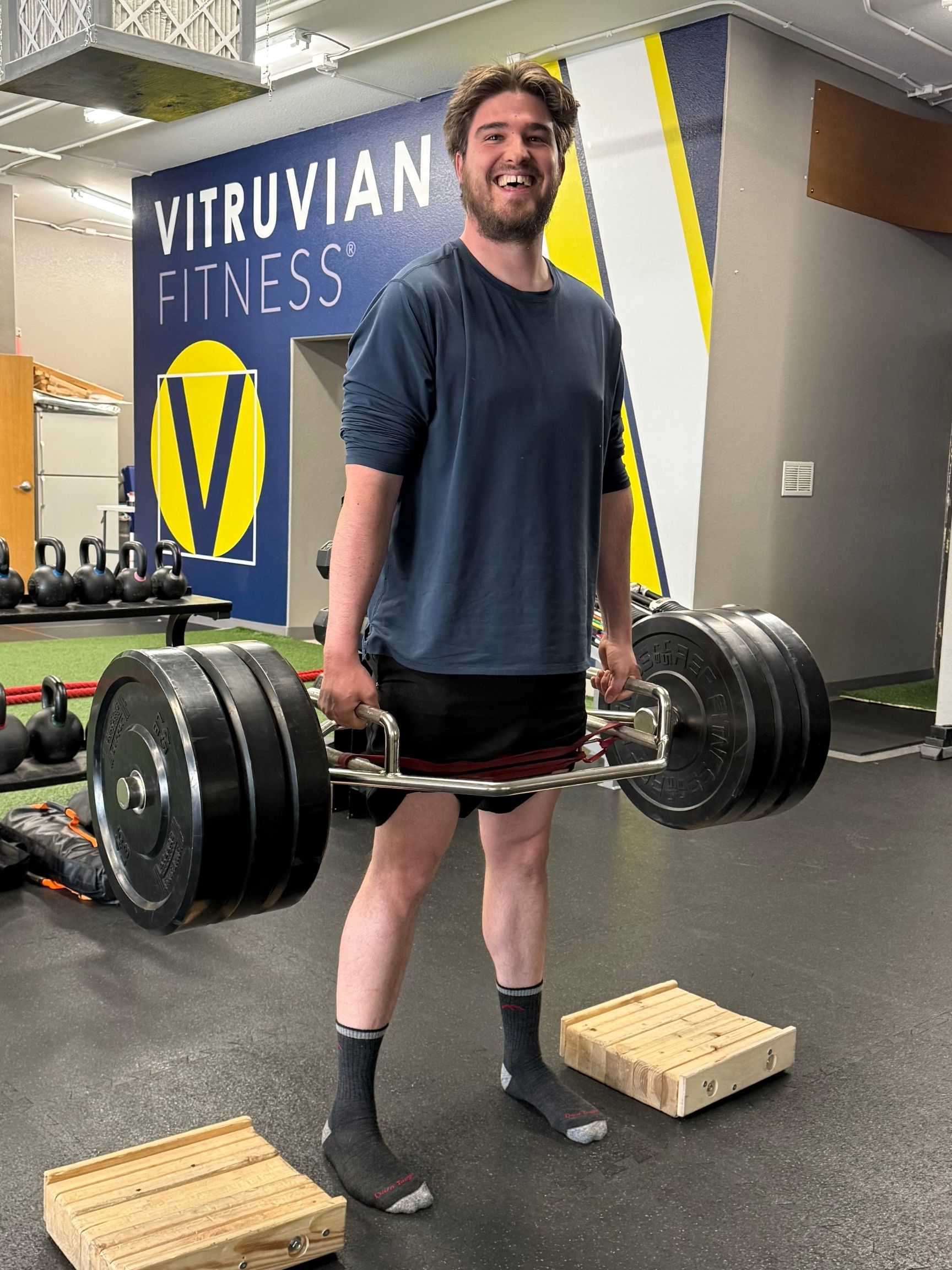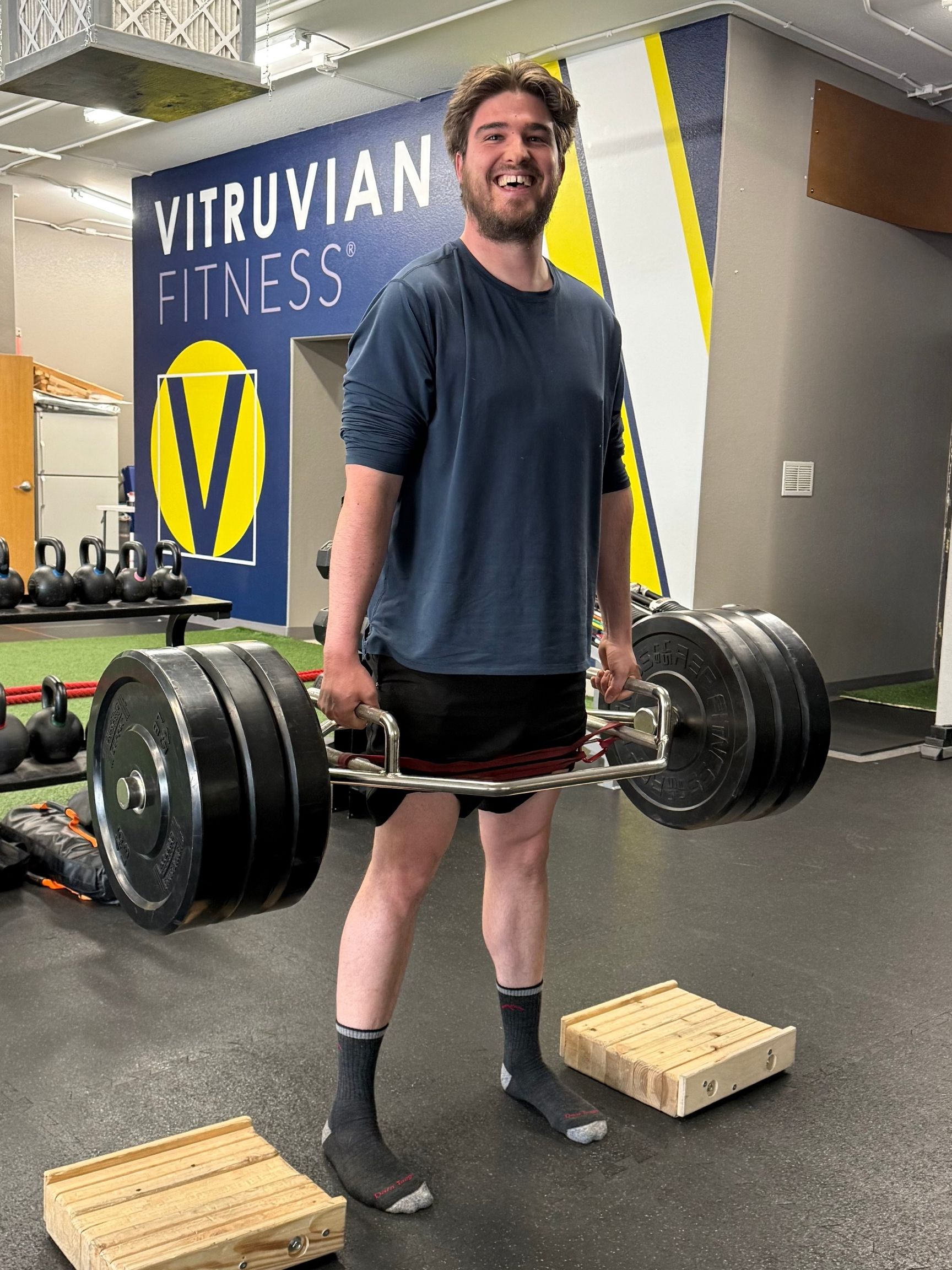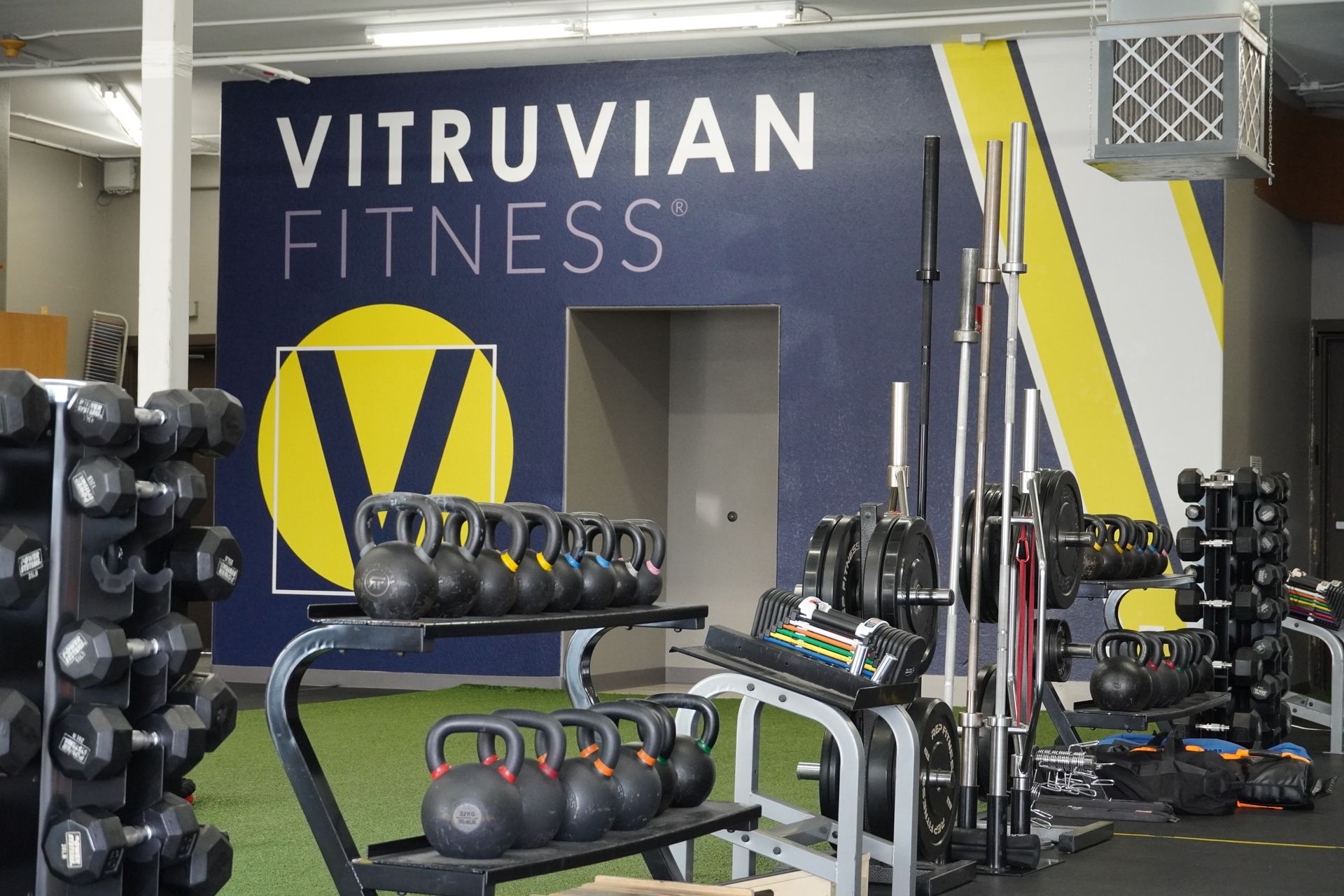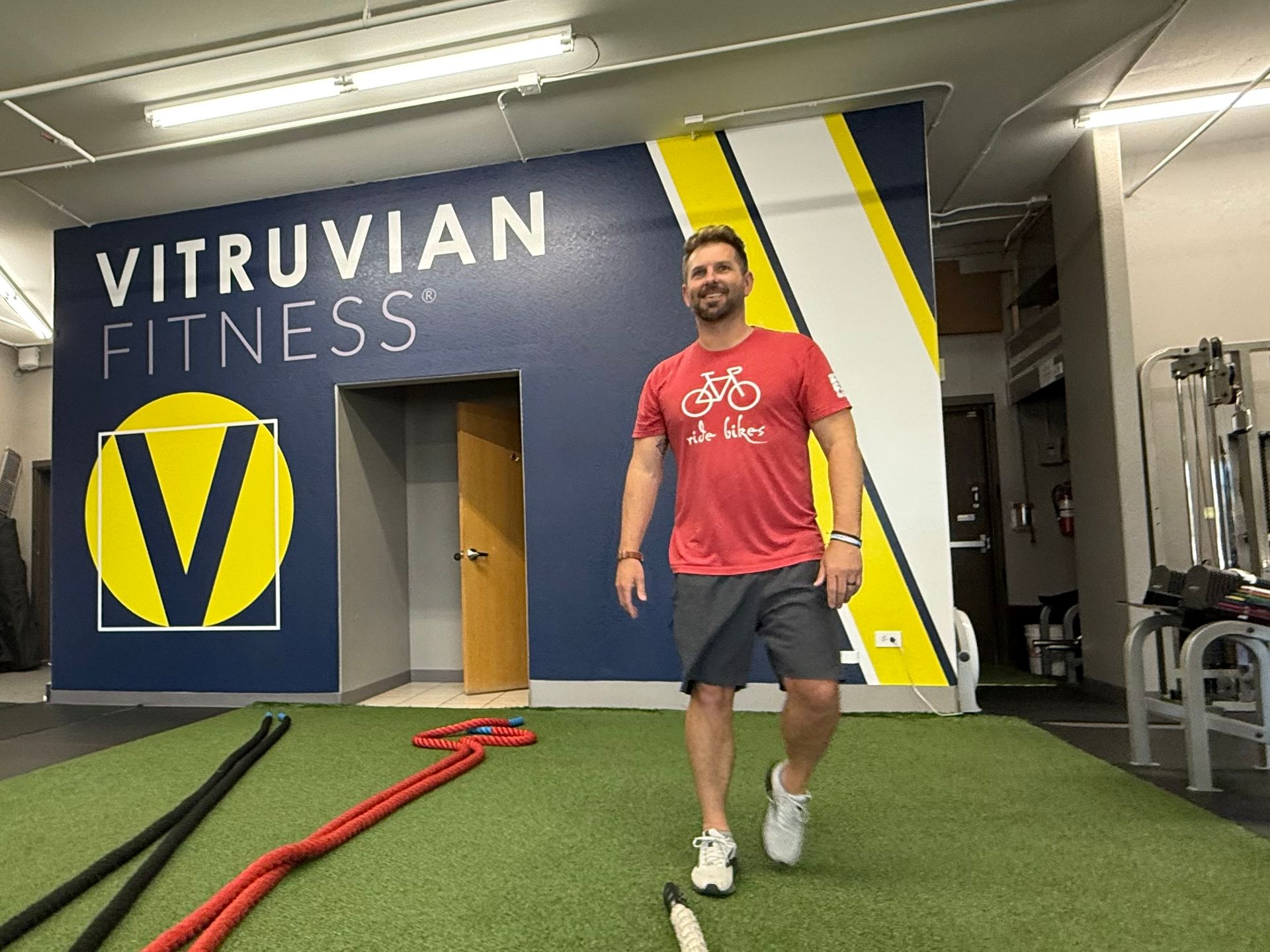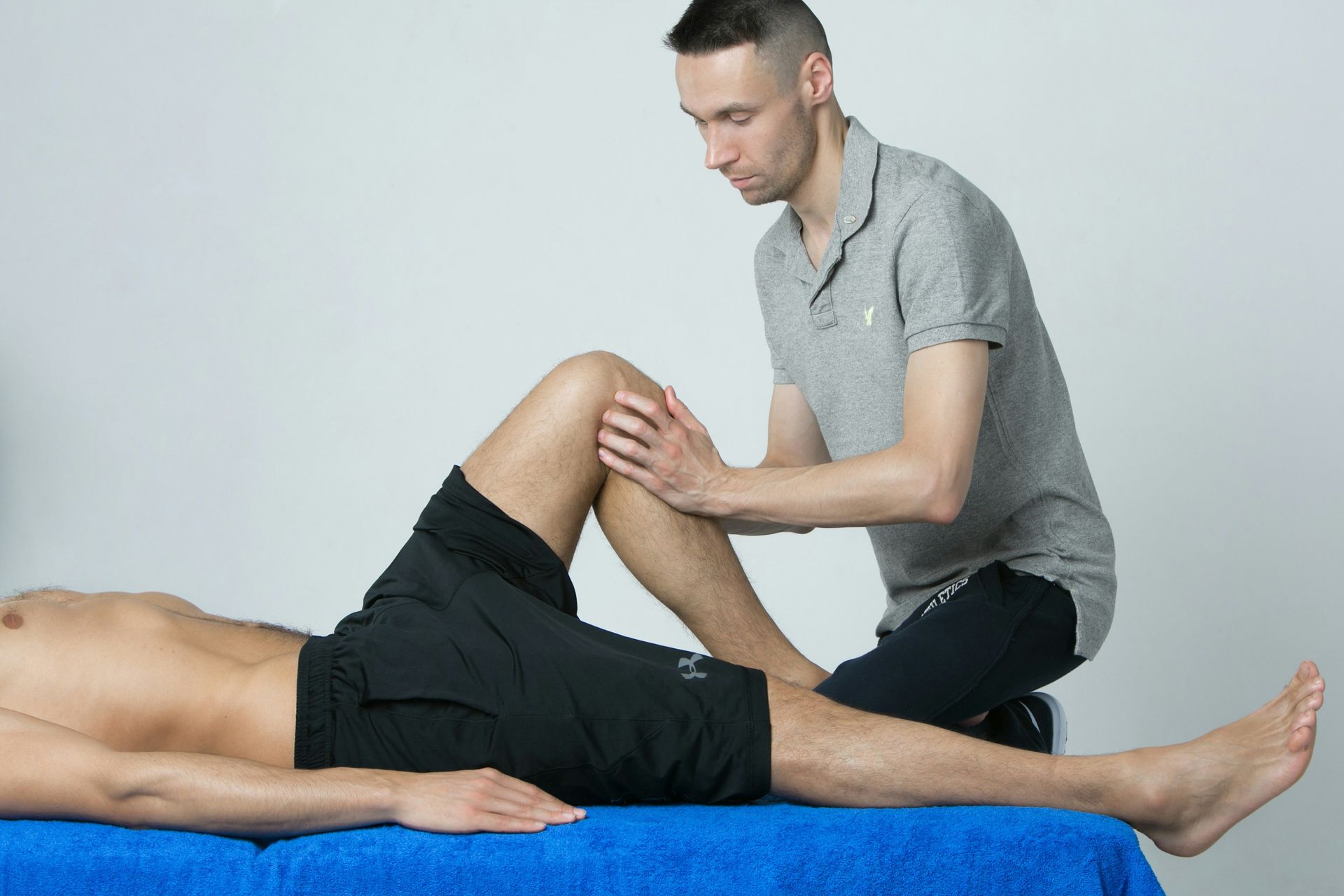Reps in Reserve: A New Way to Choose the Right Weight
- If you barely finished the set and couldn’t possibly do 1 more rep with good form, that’s 0 RIR.
- If you get to the top number in the rep range and you could have done 4-5 more, that’s 4–5 RIR.
It’s a built-in measuring stick that adjusts to your body, your form, your recovery, your mindset, and even how much sleep you got last night.
Step One: First, Learn to Move Well
Before we talk about RIR as a weight-selection tool, let’s be clear: the first order of business in strength training is movement quality.
Good technique is your foundation. How fast would you drive your car if it had no brakes, old shocks, and the steering wheel was loose? Same principle. At Vitruvian Fitness, we drill the basics: posture, breathing, tension, joint alignment, and motor control.
Only after your movement is good and safe do we seek heavier loads. Why? We never want to try to build strength on top of dysfunction. Back to the car analogy: would you get a new paint job before you fixed the dents from a fender bender?
Step Two: Load It Like It Matters
Here’s the part many people struggle with: once you move well, when the goal is to get stronger, we get there only by lifting heavier and heavier weights over time.
This doesn’t mean recklessness. It means
progressive overload: gradually increasing loads so your body can adapt to the work done. When you consistently lift heavier weights over time, this is what you can expect:
Step Three: Know the Phase You’re In
Not every workout and not every training phase has the same goal. Here’s where RIR becomes more than just a safety gauge. It becomes the decision-making framework.
1. Strength Phases
When the goal is raw strength, you’ll want to flirt with “technical failure.” Depending on your experience and technique, that means finishing sets at 0–2 RIR. You’re moving heavy weights and barely managing, but your form still holds together. That’s where your nervous system becomes highly efficient and your muscles get stronger.
2. Athletic Development Phases
Here, the sweet spot is 2–4 RIR. Because of the broad variety of stimuli in these phases, you’re moving in more ways than in a typical strength phase. You always want to leave a little in the tank to make sure you’re always in control, executing perfect take-offs and even prettier landings.
3. Power Phase
Power development is not about grinding out hard reps. Rather, it’s about moving explosively. Loads are lighter, speed is higher, and the target RIR is 3–5+. Why? Because you don’t want muscular fatigue slowing you down. Every rep should be crisp, fast, powerful, and in control.
4. Muscular Endurance Phase
Here, the goal is to do hard work for a long period of time. You might be in
3–6 RIR
for each exercise in a large block of exercises, using loads that let you maintain great technique while accumulating fatigue across multiple sets. It’s the whole block of work that should wear you out, not each set. The adaptation isn’t about max strength. It's about durability and work capacity.
Looking for more than just a workout?
Strength training works anywhere, but it’s a whole lot more fun at Vitruvian Fitness.
Proximity to Failure - Learn this Concept
Let’s be blunt: some adaptations require you to run up against your limits.
When your goal is to improve strength, you won't get there if your RIR is 4 or more. You need to experience technical failure: this is when the you just can't do one more rep with good form. It shouldn’t be every workout, and not on every lift, but regularly enough that your body is given the opportunity to adapt. It's the proximity to failure that makes all the difference.
Think of it like cooking: heat transforms food, but only when you actually turn the heat up. Too low, and nothing changes. Too hot, and you’re scraping off the burnt hoping nobody notices. (My mom wasn’t the only mom who did this, was she?)
At Vitruvian Fitness, we structure training so those high-load sets are safe, supervised, and purposeful. We
flirt with failure in squats, deadlifts, presses, and pulls because that’s the stimulus that makes the magic happen.
Why RIR Works Especially Well for Adults in the Game of Life
Here’s the beauty of this method: it scales.
- Your Energy Level and Focus May Vary: If you slept poorly or work was stressful, you’ll still pick a weight with the same RIR as when you energy is high. That might just be a lighter weight on days like that. That’s okay. You’re still picking a load that challenges you – just appropriately so. You modify the weight,
not the RIR.
- Your Recovery Times May Vary: Some days, you’ll bounce back from hard efforts better than others. Regardless how you feel, using RIR ensures you still push hard without over or under training. Again, you modify the weight, not the RIR.
- Safety First: RIR forces you to respect your form. The moment your technique starts to break, you’re at 0 RIR and that’s the line you shouldn’t cross.
- Perceived Exertion: Using RIR is a way of doing work based on how you feel. That's called Perceived Exertion. If you feel great, you're going to give 100%. If you don't feel great, you're still going to give 100%. It’s just that 100% on those days will be less overall work when compared to how much work you’re doing on a better day. For example, on a day you feel great, 30 pounds is your 1 RIR while 25 pounds might be 1 RIR on a just OK day.
It’s a flexible system that meets you where you are while still nudging you toward progress.
The Mental Side: Getting Comfortable Being Uncomfortable
Many people stop a set not because their muscles can’t continue, but because their mind says “This is hard.”
Learning RIR teaches you the difference between discomfort and failure. Discomfort is the beginning of the process. True “technical failure” is the moment the body literally can’t complete another rep with form intact.
This mindset shift is critical. Strength training isn’t supposed to feel like brushing your teeth. It’s supposed to be challenging. That’s why it works.
The Scientific Explanation of Why This Works
When you reach 1–2 Reps in Reserve (RIR), you’re approaching the point where your muscles and nervous system are under maximum useful stress. At this stage, the working muscle fibers, especially the large, fast-twitch fibers responsible for strength and growth, are being fully recruited. Your nervous system is firing at near-peak intensity to coordinate muscular contractions across the entire targeted muscle group, while your muscles are generating high tension that creates microscopic distress in the fibers. Those small disruptions are what your body uses to signal building/rebuilding stronger, thicker muscle tissue.
At the same time, metabolic byproducts like lactate and hydrogen ions are accumulating which create the signal to your body that the workload is intense enough to justify adaptation. Hormonal responses and cellular signaling pathways are also activated, telling your body to repair, reinforce, and prepare for the next time.
In short: working at 1–2 RIR means you’ve pushed hard enough to stimulate strength gains, without going so far into exhaustion that recovery becomes unnecessarily long or risky.
Cool right?
The Big Picture
Strength training is hard work. And good things come from doing hard things. Here’s where we can get super deep and philosophical.
Too light is too light and too heavy is too heavy.
Using RIR is how you Goldilocksify the right loads everyday.
By listening to how many reps you have left in the tank, you make better decisions:
- Safer weights as you learn.
- Heavier weights when you’re ready.
- Smarter choices that fit the goal of the phase you’re in.
The point isn’t to stay comfortable. The point is to move well, then load heavy enough that your body has to adapt which in turn leads to awesome adaptations like stronger muscles, denser bones, more efficient metabolism, greater flexibility, and this list of 12 things that don’t have anything to do with strength which ultimately means creating a body that serves you for decades to come.
Prefer a simple step-by-step guide?
Check out How to Select the Right Weight
Looking for more than just a workout?
Strength training works anywhere, but it’s a whole lot more fun at Vitruvian Fitness.
You might also enjoy these posts . . .

